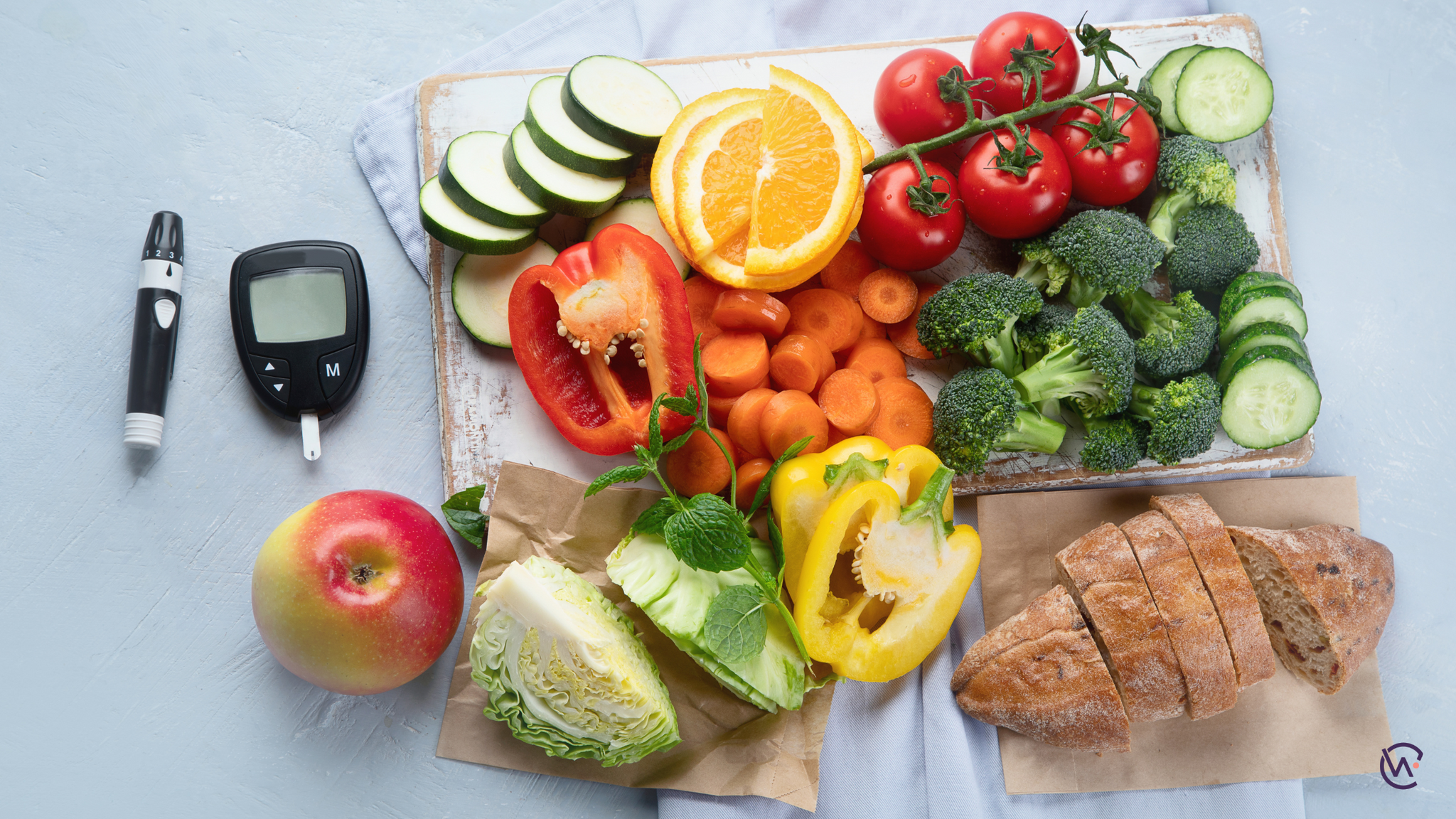What is the best diet for Type 2 Diabetes?
Reaching and maintaining a healthy weight is essential for people living with Type 2 diabetes. Maintaining a healthy weight reduces diabetes-related complications like strokes and helps to manage blood sugar levels.
When deciding which dietary approach to follow for diabetes, individuals need to consider several factors with the help of their healthcare professionals. These factors include age, general health status, physical activity level and how much weight needs to be lost.
Ultimately, the best approach is the one that will suit the individuals' lifestyle as this is the one they will be able to stick to in the long run.
Below is a list of different dietary approaches that could be followed by someone with diabetes:
Total diet replacement (TDR)
TDR, including very low-calorie diets (VLCDs) and low-calorie diets (LCDs), are specifically formulated programmes designed around meal replacement products aimed to replace all the food that one eats usually during the day.
These meal replacement products are nutritionally balanced and contain key vitamins, fibre and essential fats and are used to facilitate weight loss. They provide a controlled energy intake that is lower than can be achieved through normal foods.
VLCDs contain less than 800 kcal and are aimed at individuals with significant weight concerns such as those with a BMI of >30. Initially, weight loss occurs rapidly on this diet which improves motivation. With such low energy intake, ketosis is induced, which reduces hunger while using fat for energy.
LCDs contain an energy content of between 800 kcal and 1200 kcal and are aimed at people with a BMI >25.
Meal replacement
In a meal replacement dietary approach, some of the meals one eats in a day are replaced with nutritionally complete formula products, rather than all of the meals.
Replacing some of the meals in the day with energy-controlled products, easily and effectively reduces the total calorie intake for the day and aids in weight loss.
Low carb
There are many different kinds of low-carbohydrate diets but in general, they entail limiting the total amount of carbohydrates one consumes in the day to less than 130 grams.
To put this into context, one slice of bread has about 20 grams of carbohydrates.
Low-carbohydrate diets have been shown to help those with diabetes manage their blood sugar levels and their weight and reduce the risk of heart disease.
Because carbohydrate-containing foods raise blood sugar more than any other kind of food, the body has to produce more insulin to digest them. Reducing carbohydrate intake may stabilise this.
Low fat
With low-fat diets, fat intake is restricted to less than 30 percent of total daily calories.
High-fat foods like cooking oils, butter, avocados, nuts, seeds, and full-fat dairy are typically limited on this diet. Low-fat foods like fruits, vegetables, whole grains, legumes, skinless poultry, low-fat dairy and lean meats are encouraged.
Because fat is the most calorie-dense macronutrient containing 9 calories per gram, it makes sense that restricting it will result in weight loss as well as reduce insulin resistance and Type 2 diabetes in those that are at risk.
Intermittent fasting
Intermittent fasting is an eating regimen that cycles between periods of eating and voluntary fasting. For example, time-restricted fasting involves eating only for a certain number of hours each day.
This has many benefits for those with Type 2 diabetes including weight loss, improved insulin sensitivity and fasting blood glucose and reduced HBA1C levels.
Wich ever dietary approach you choose, keep in mind that sticking to it for the long term is vital for reaching your goals. No one person is the same and therefore there is no one diet for diabetes. Counterweight offers all the above dietary approaches and your dietitian can help you choose one that will be most beneficial for you and your individual needs.

